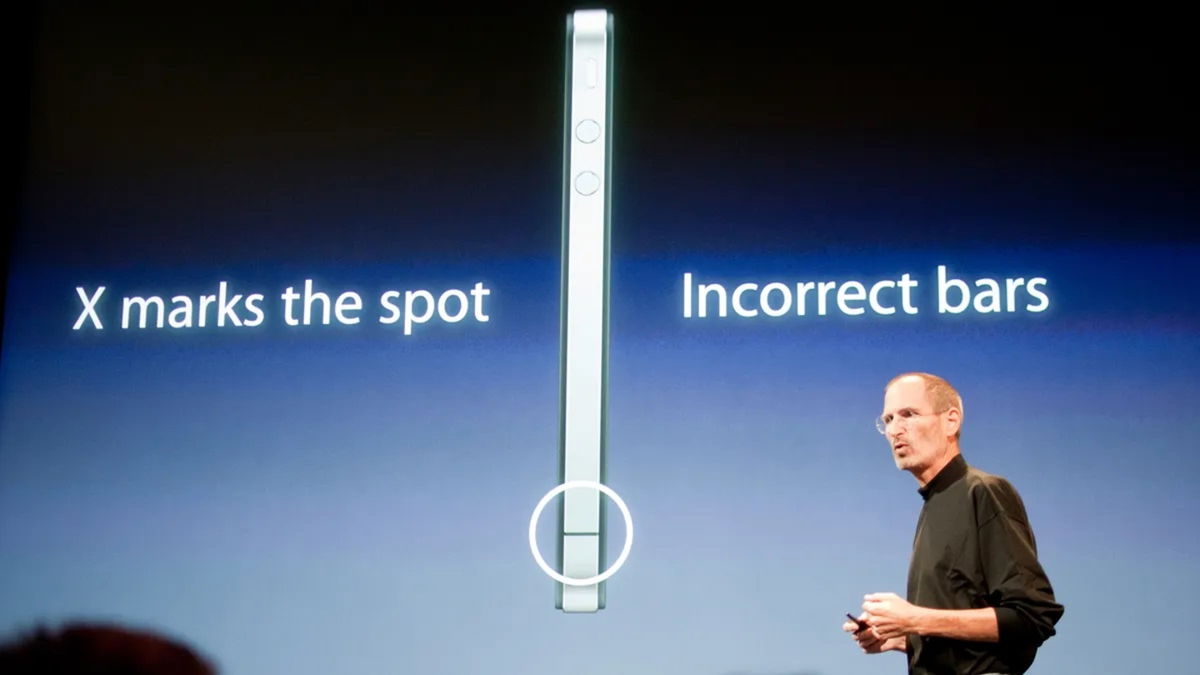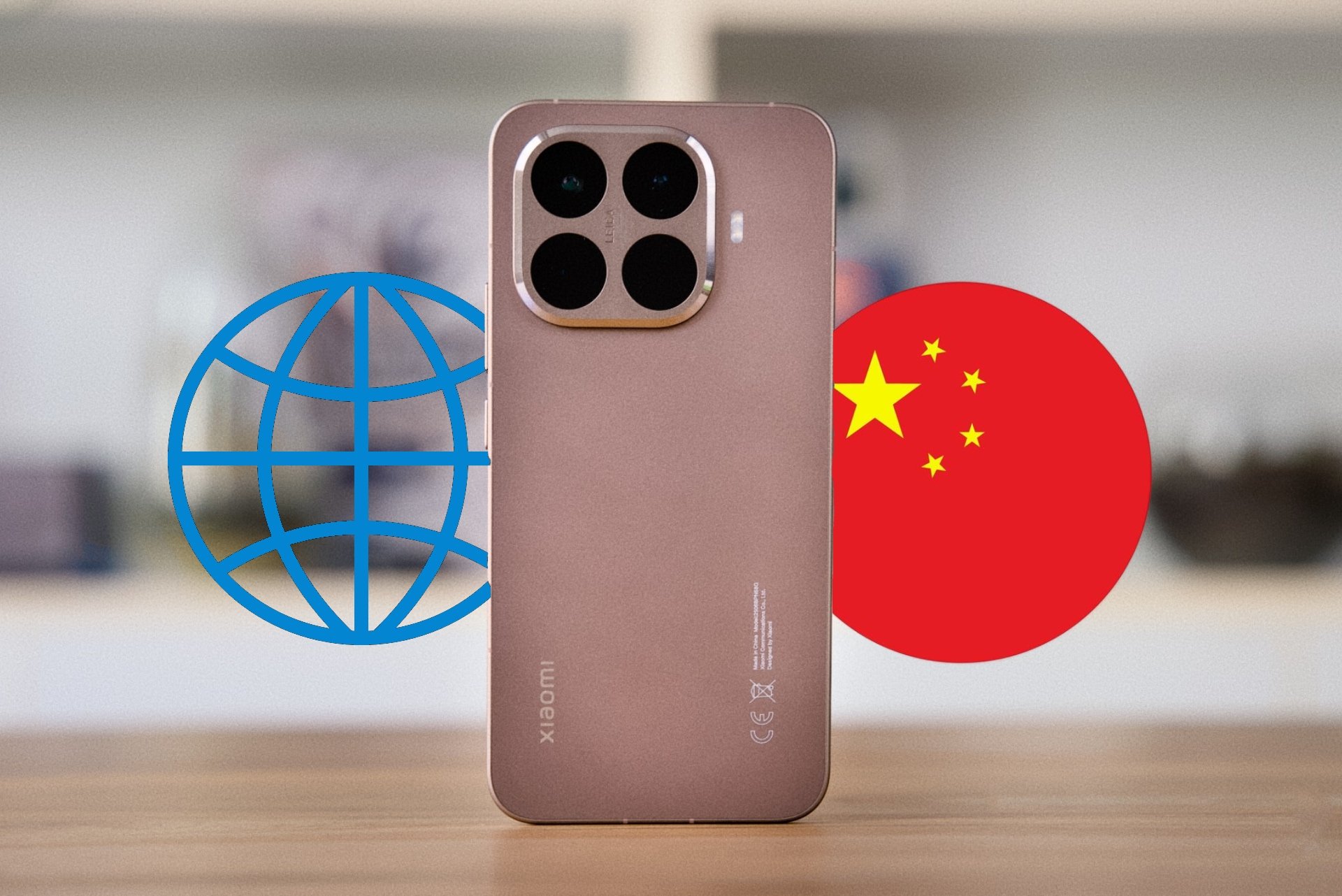An interesting study from the University of California, San Diego shows that building more towers 5G Smaller ones can increase the battery life of every city resident by about 50%.
5G will improve the carbon footprint and overall coverage of an area, according to a new study first published by New Scientist on Wednesday.
“We show that this densification strategy addresses two key issues,” the UC San Diego researchers said in their study. “This could potentially save about 3 times more power by avoiding large wireless signal losses due to long range, and will also result in a 50% increase in battery life for smartphones connected to a dense network.” less height to them.
The document, titled “Dense and Conquer,” suggests that urban areas should shift from using powerful base stations to small cell networks. Instead of using a large 5G tower with a long signal range to cover an entire region, UC San Diego researchers propose using a system of smaller towers. Each small tower will have a weaker signal and use less power than a larger one, but ultimately the network will provide greater coverage of the area.
Why do cell phone batteries last longer?

According to the researchers, the overall signal will be stronger in a network of small cells. When you have a weak signal, your phone must transmit large packets of data to successfully reach the farthest cell tower. While worse battery life is annoying on a personal level, on a scale it increases the region’s carbon emissions as more people charge their phones.
The researchers used open-source software to simulate transmissions between base stations and mobile phones in 3D models of real cities. Their modeling showed that five times more cell towers would be needed to achieve the proposed benefits. However, each tower only needs to be 15 meters high, meaning they can be mounted on lamp posts or buildings.
Source: Digital Trends













